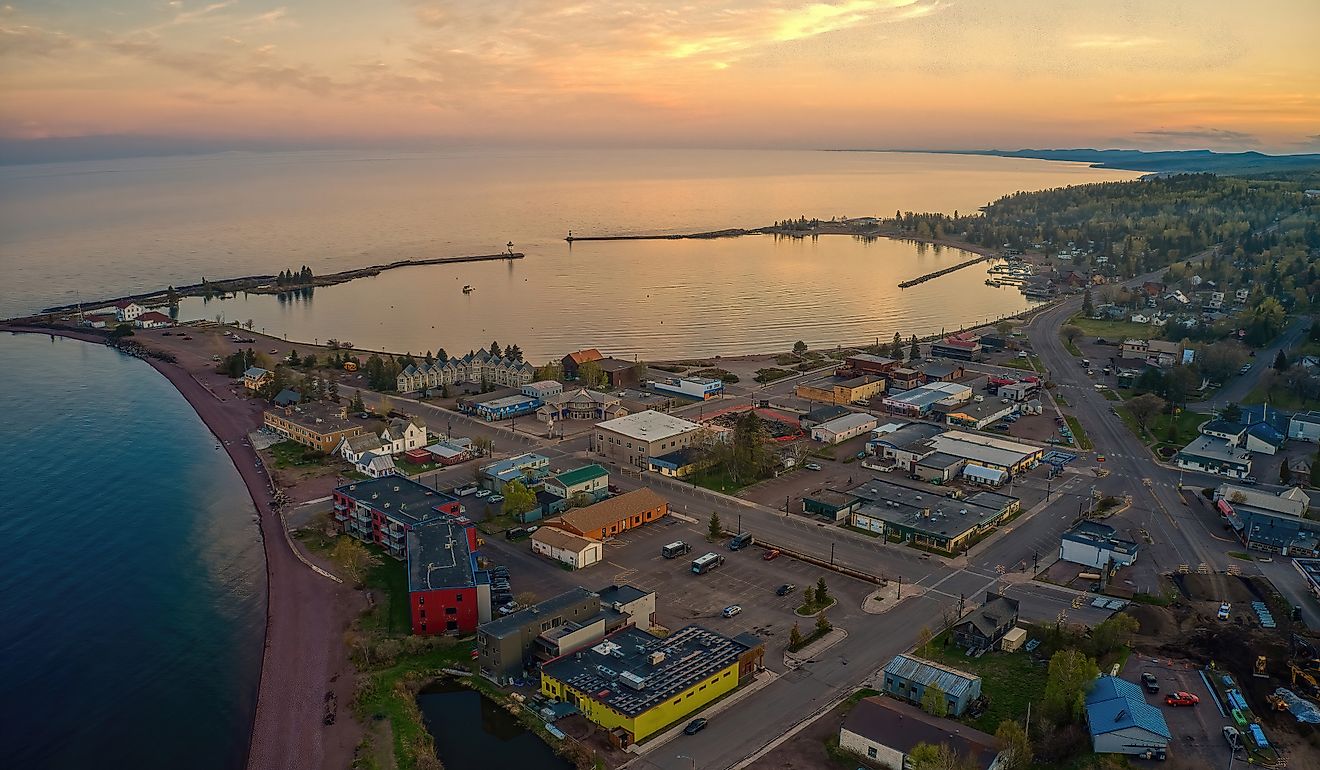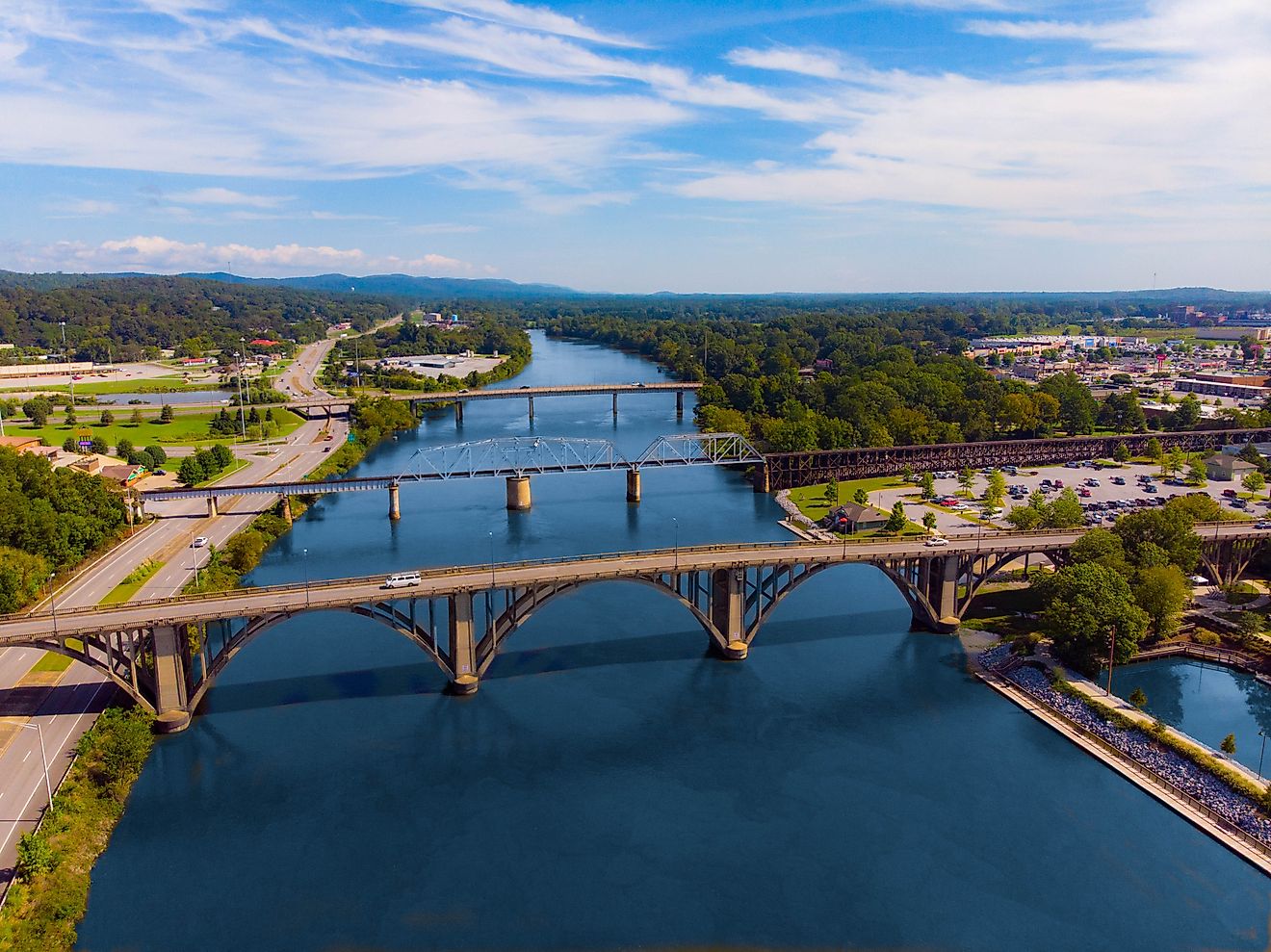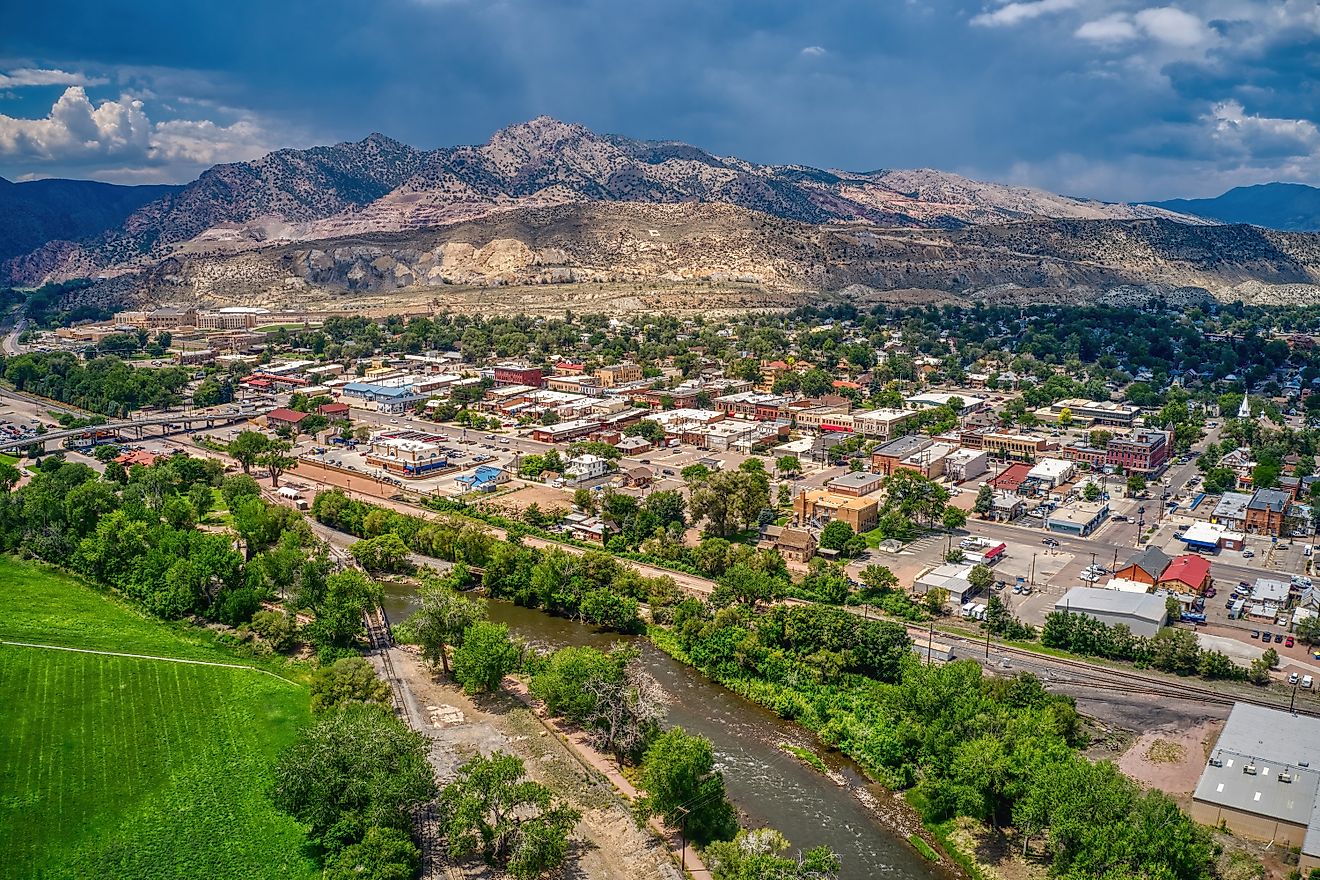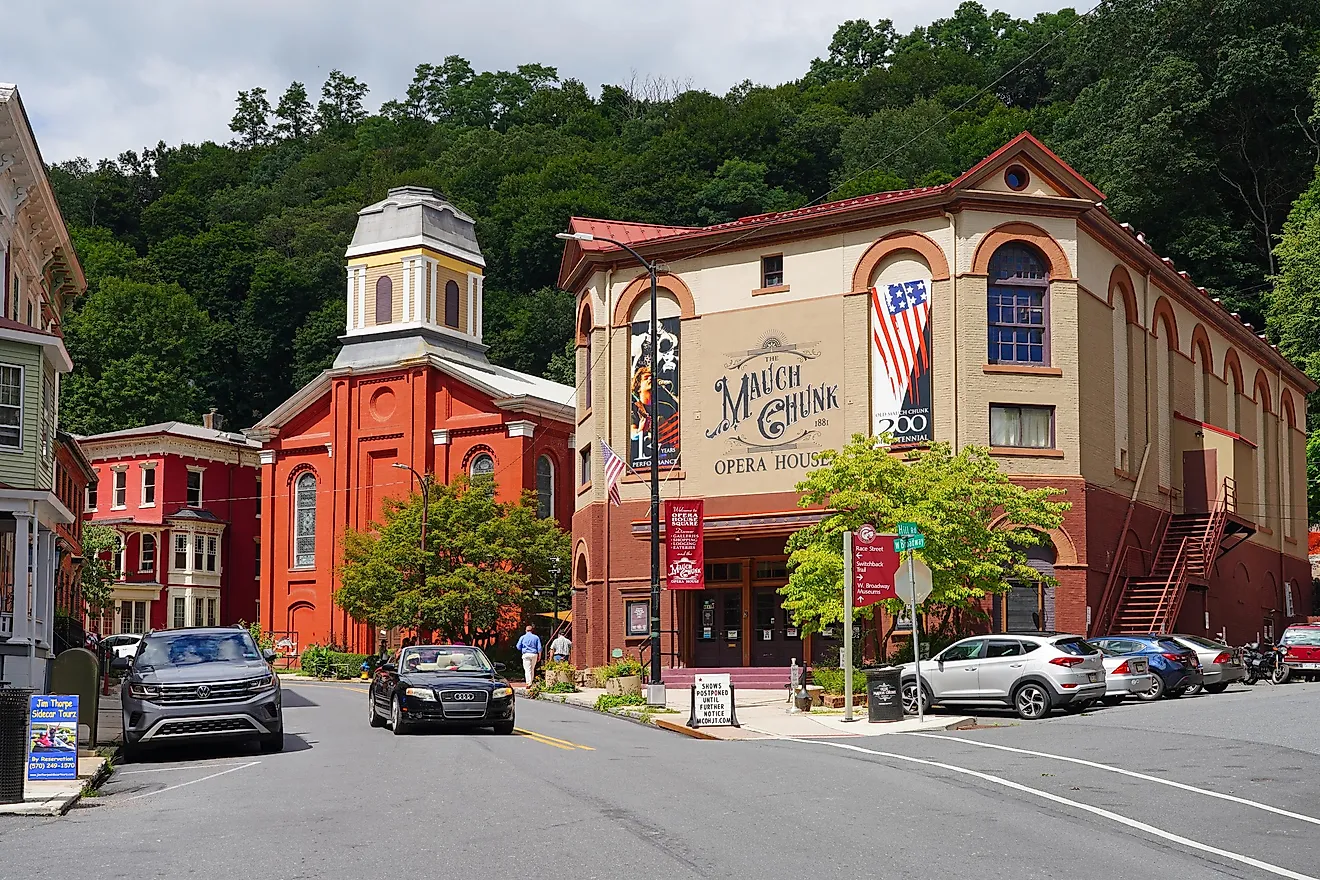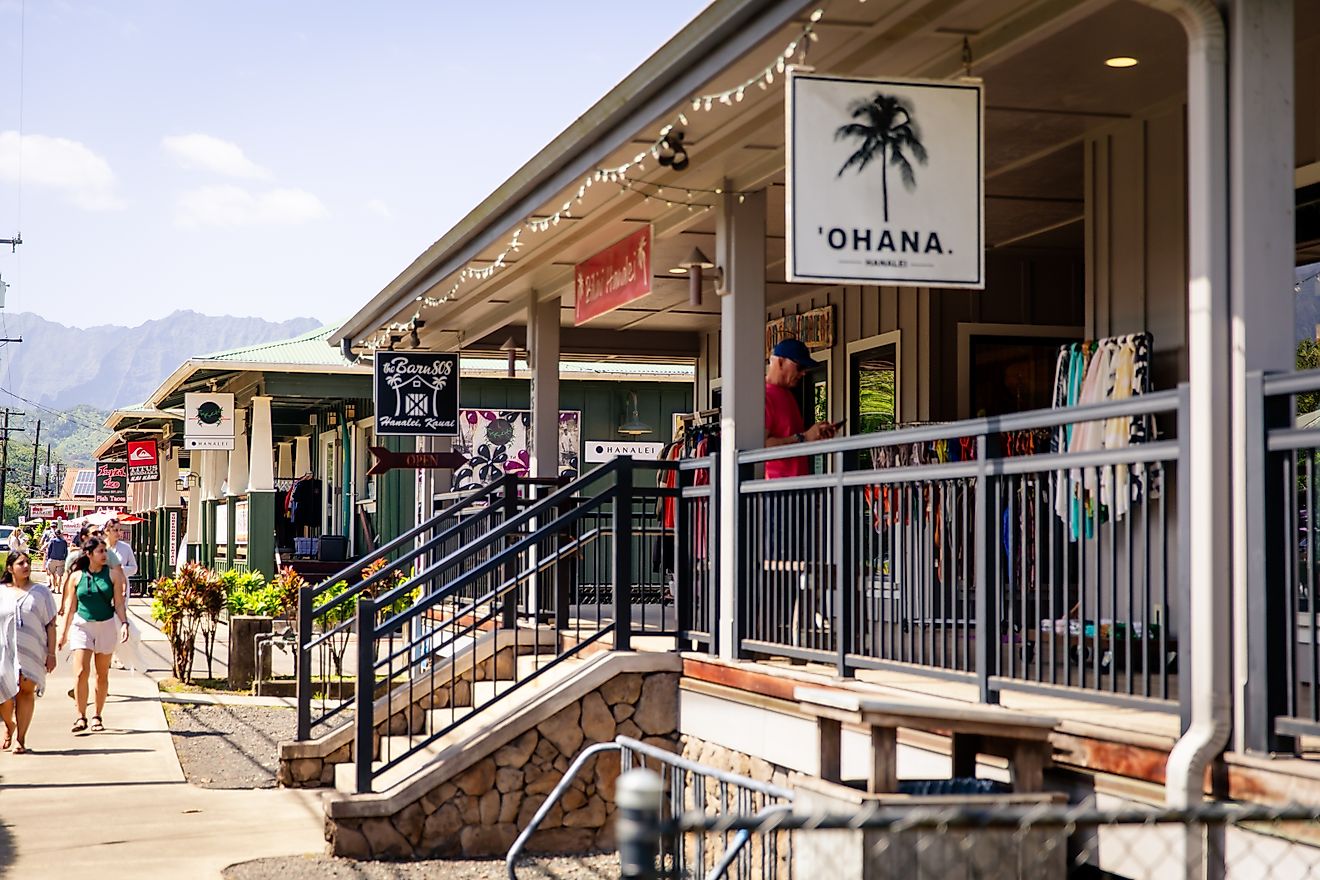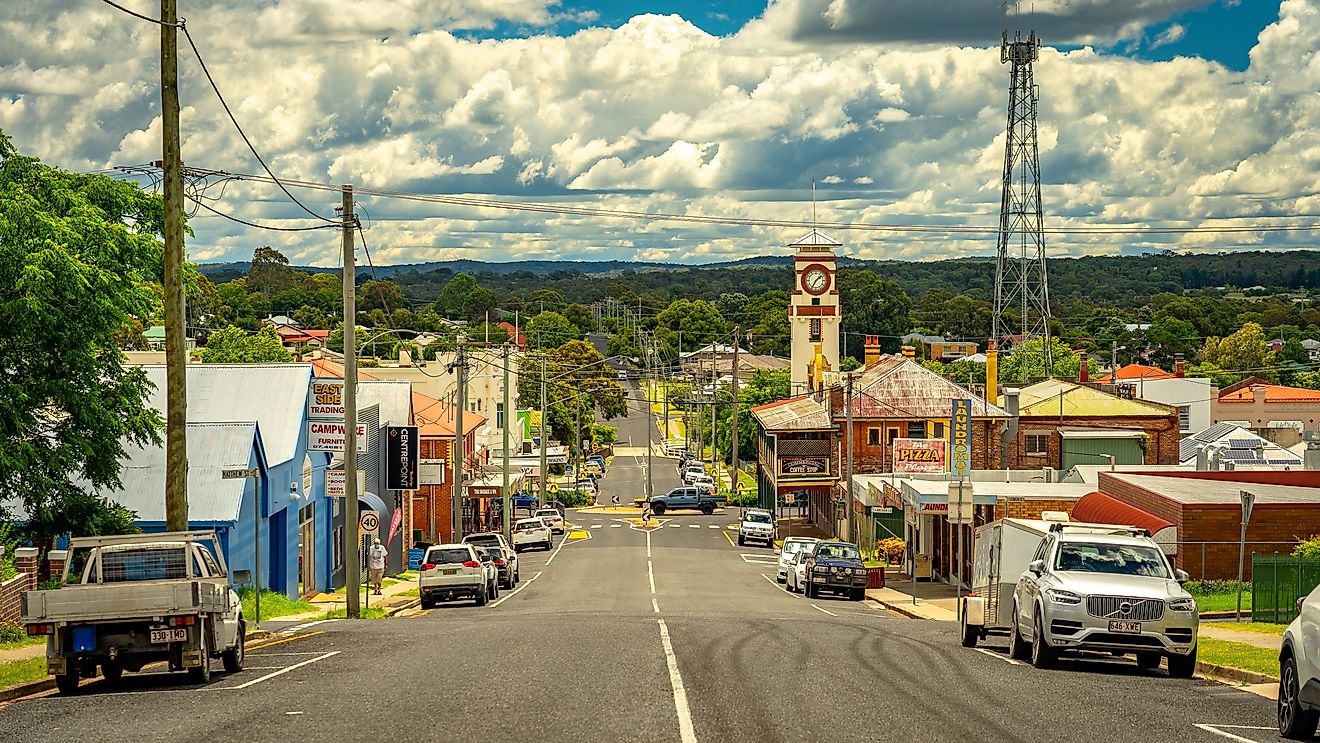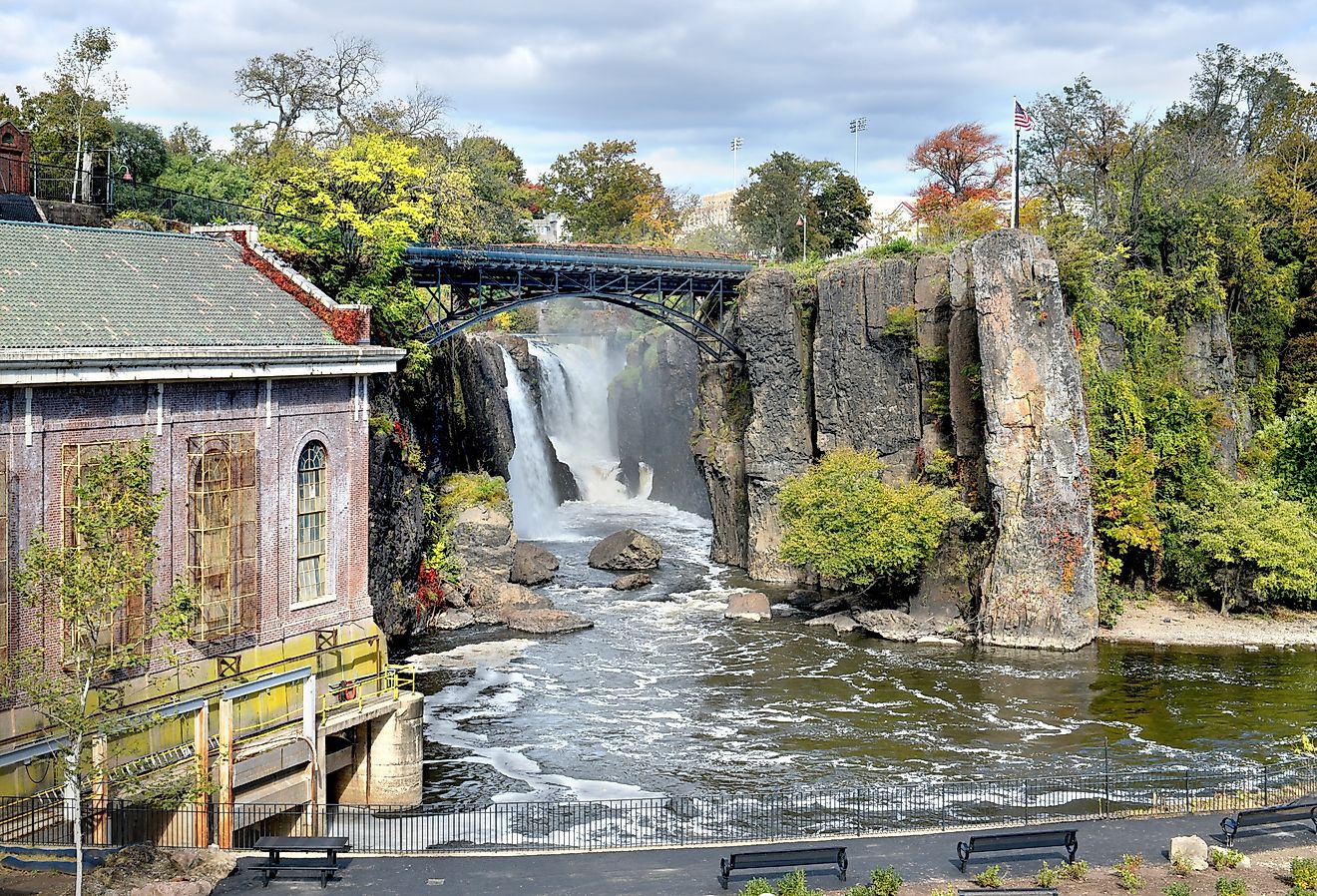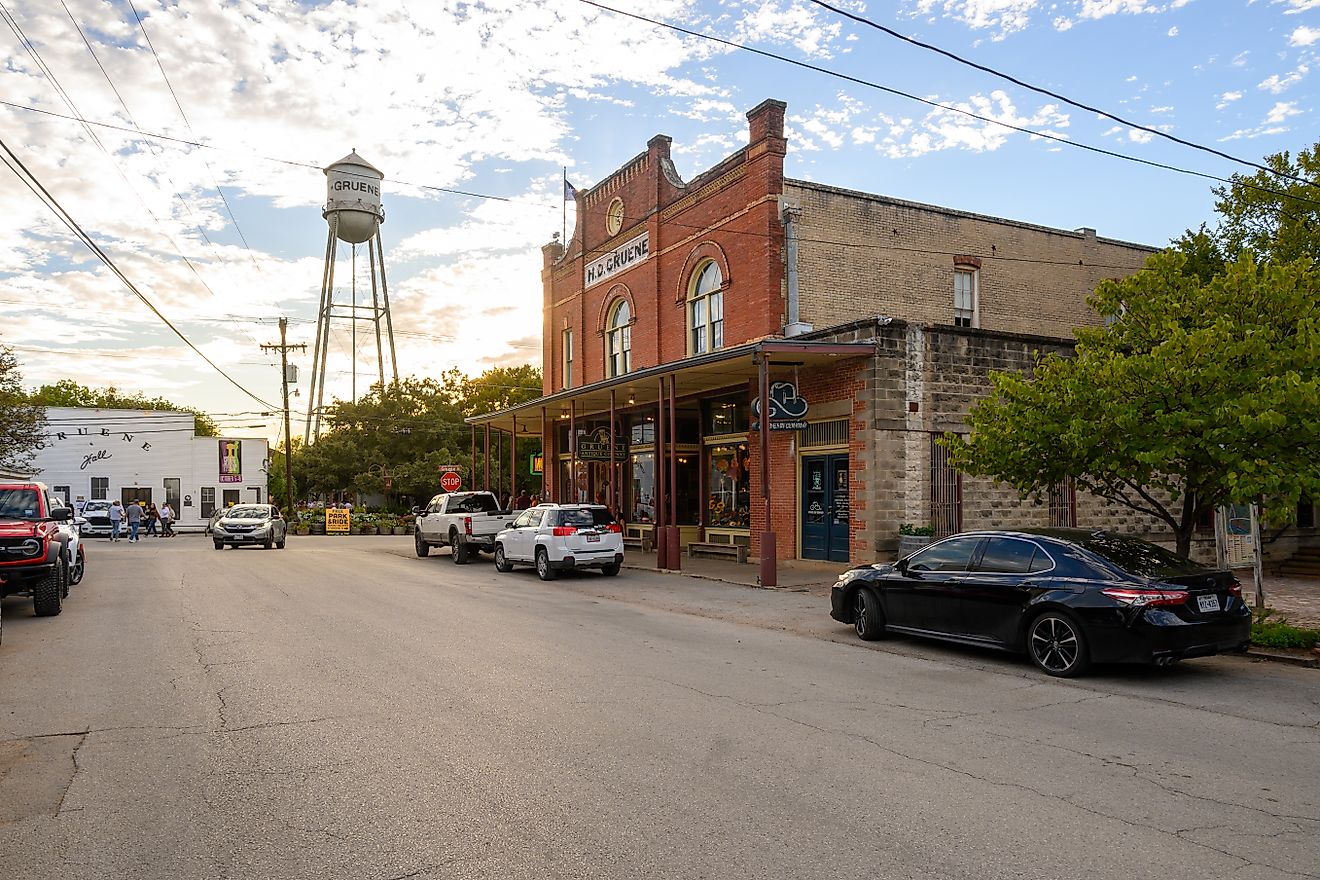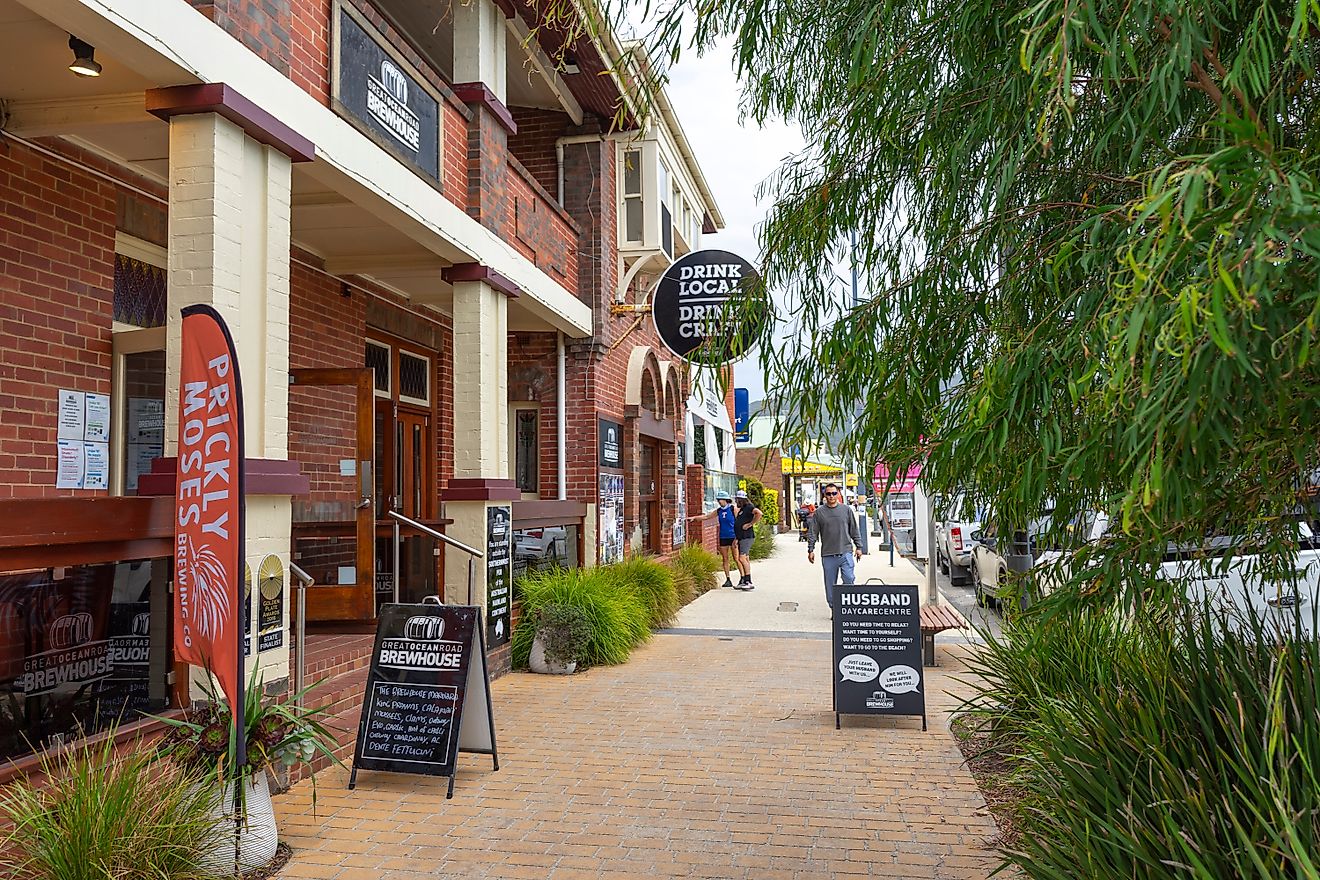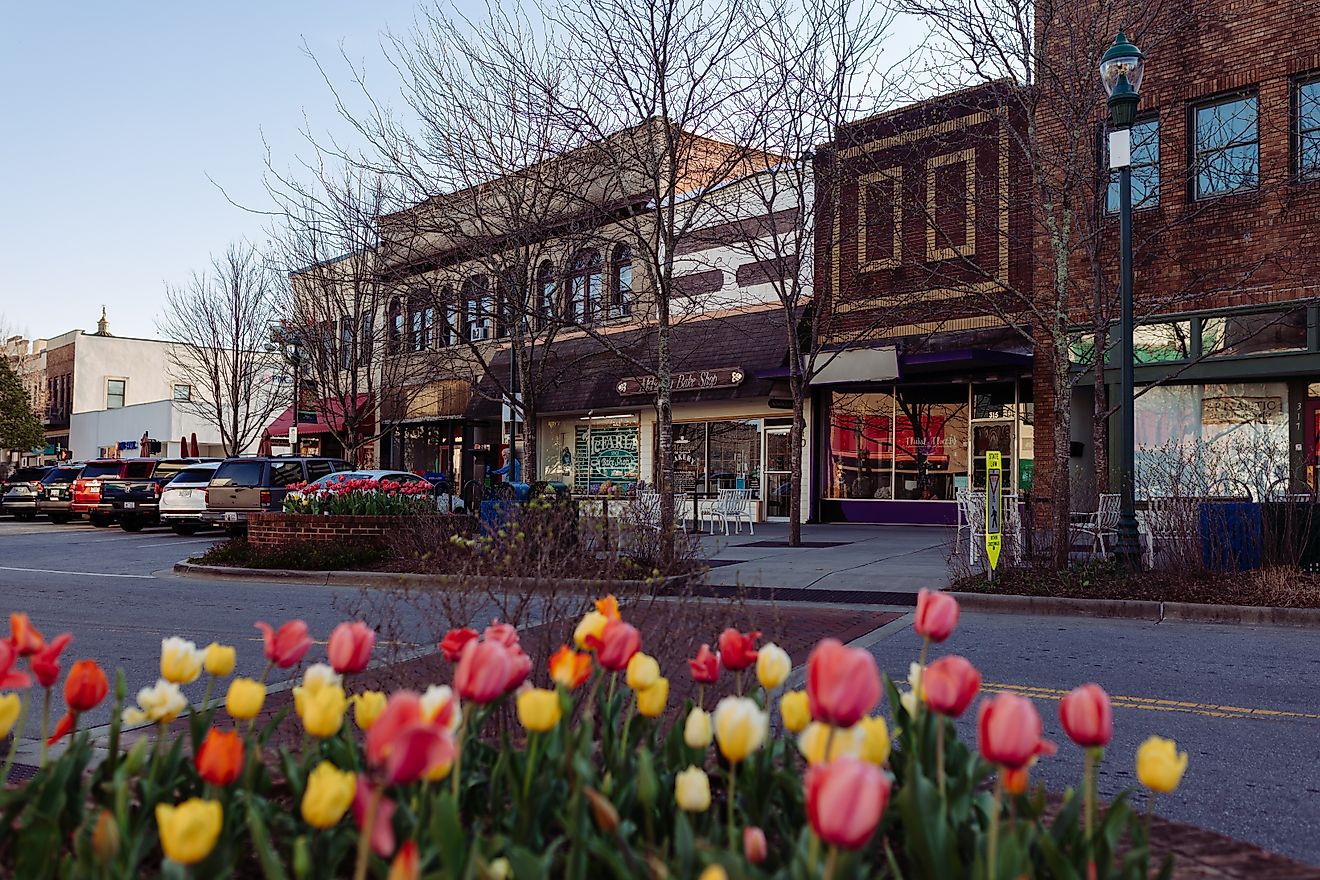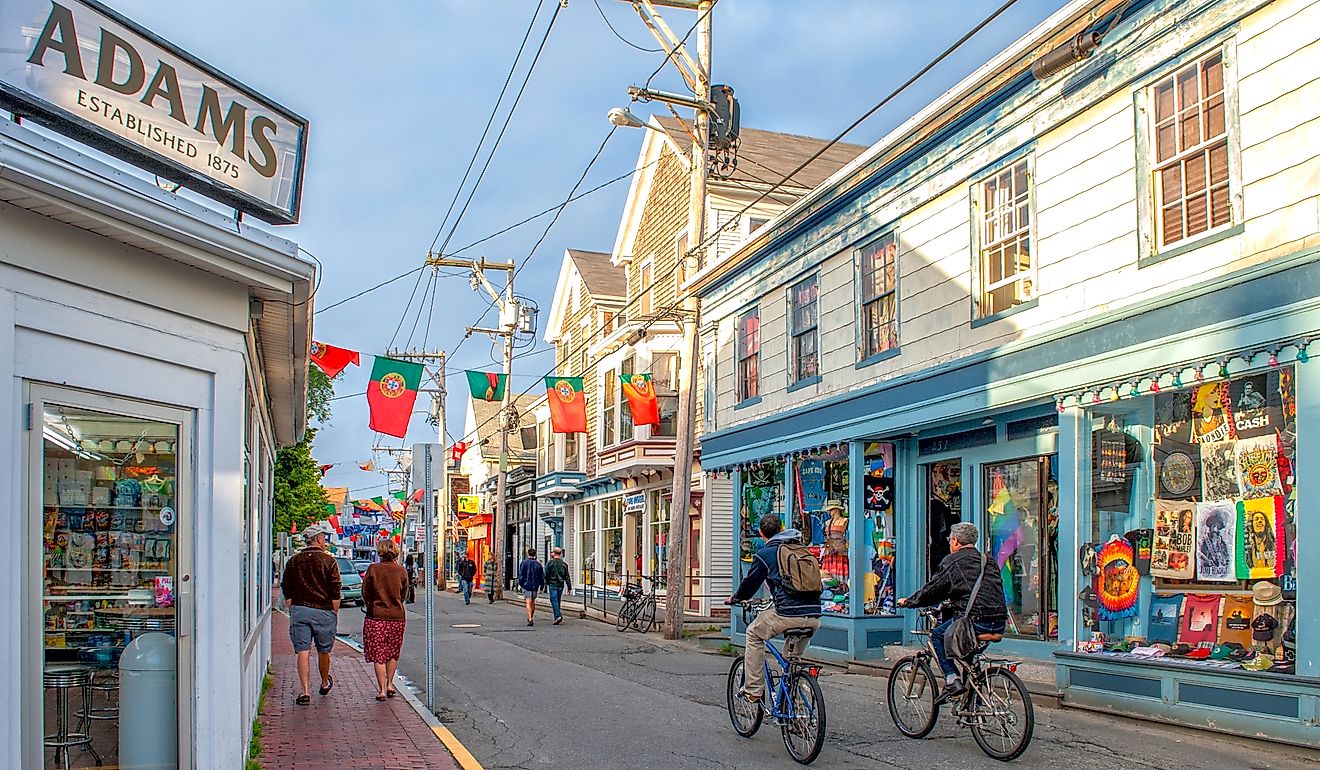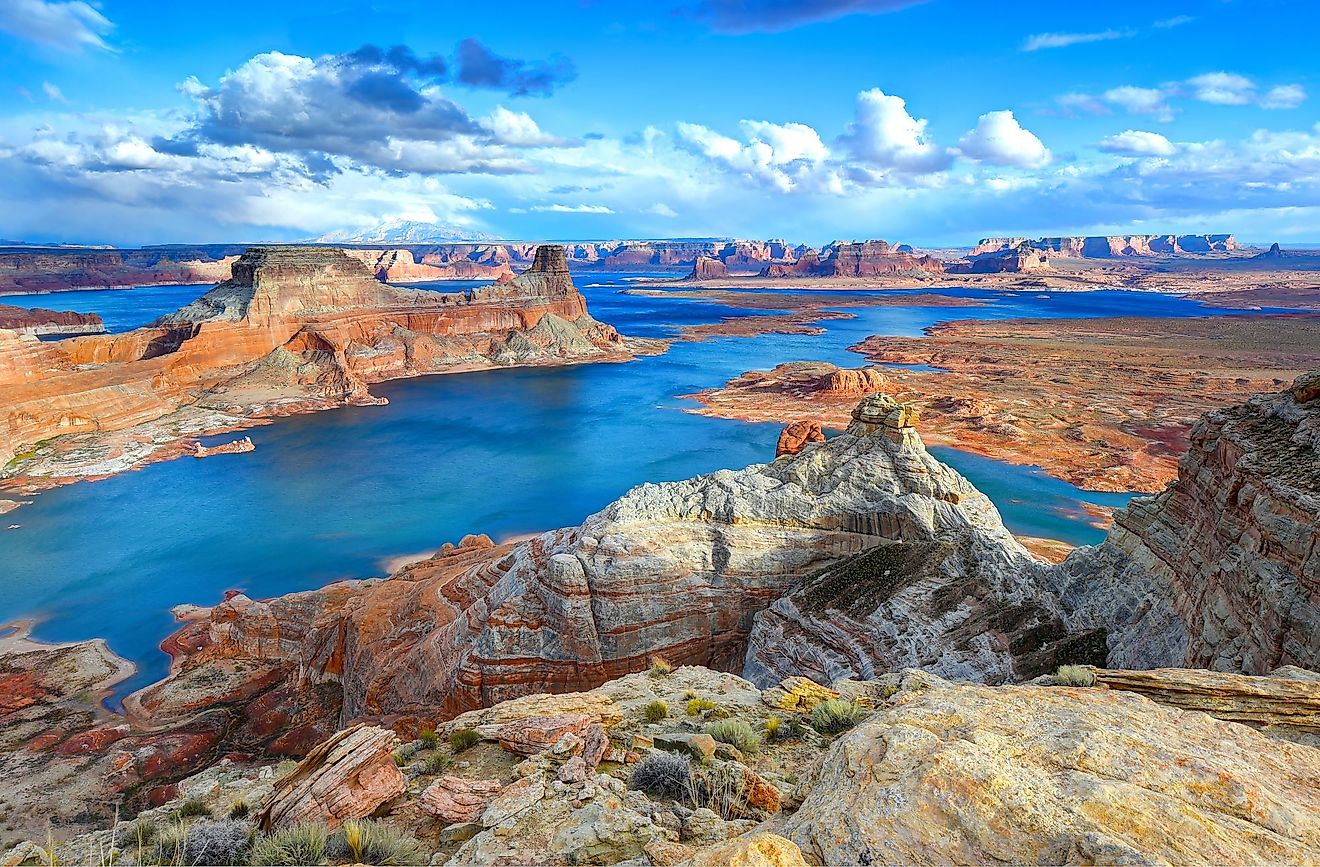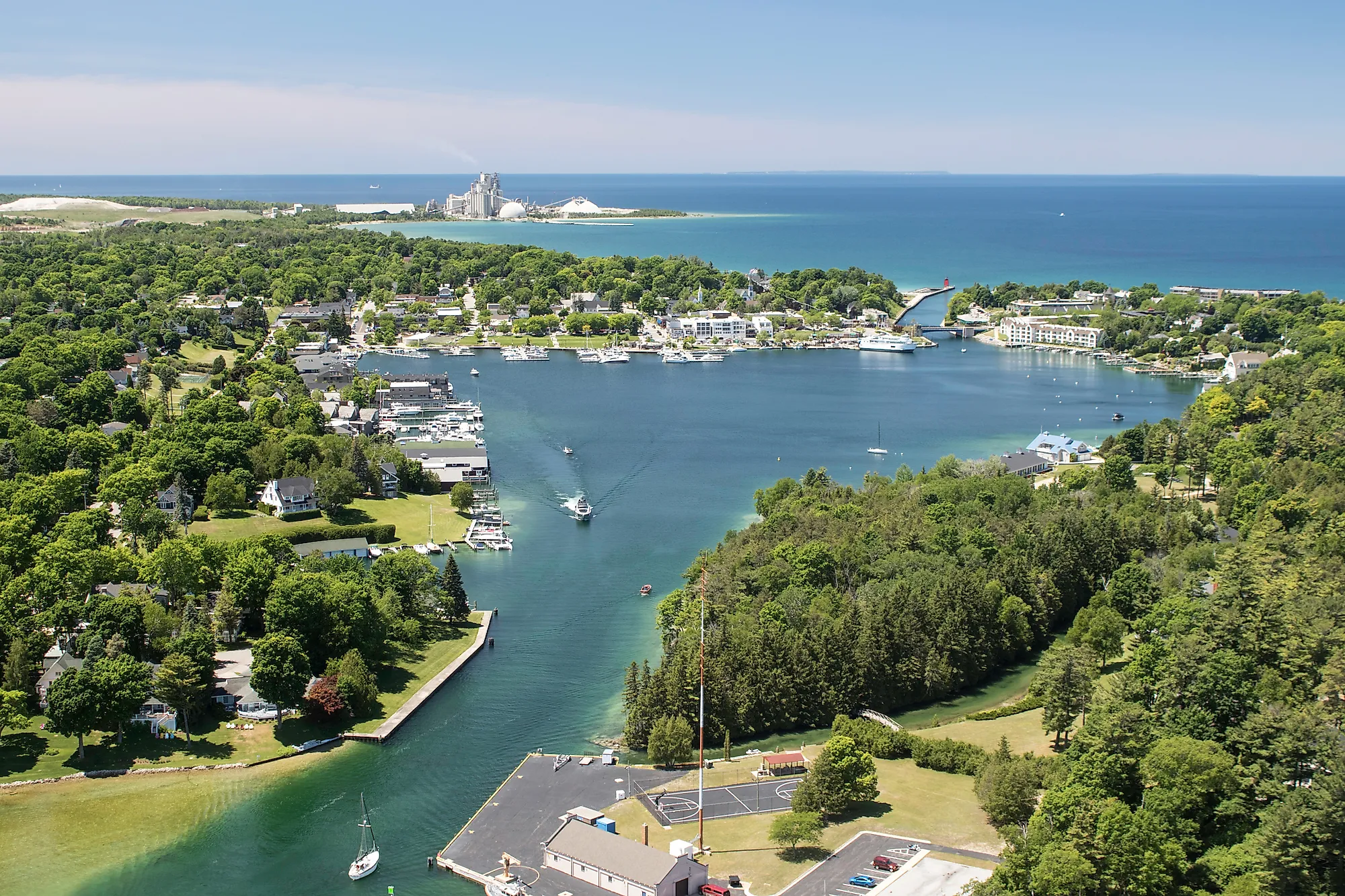
Charlevoix, Michigan
Charlevoix is a town located in the US state of Michigan. Founded in the mid-19th century and named after an 18th-century French explorer, Charlevoix emerged to become an important commercial port on the Great Lakes. By the late 19th century, it began developing its reputation as a resort town. Since then, Charlevoix has attracted many tourists. The town is a popular summer residence for many. In fact, famous American author Ernest Hemingway spent much of his summers in Charlevoix. Today, however, the town is not just a summer destination but a place where visitors can enjoy a wide variety of activities year-round.
Geography Of Charlevoix
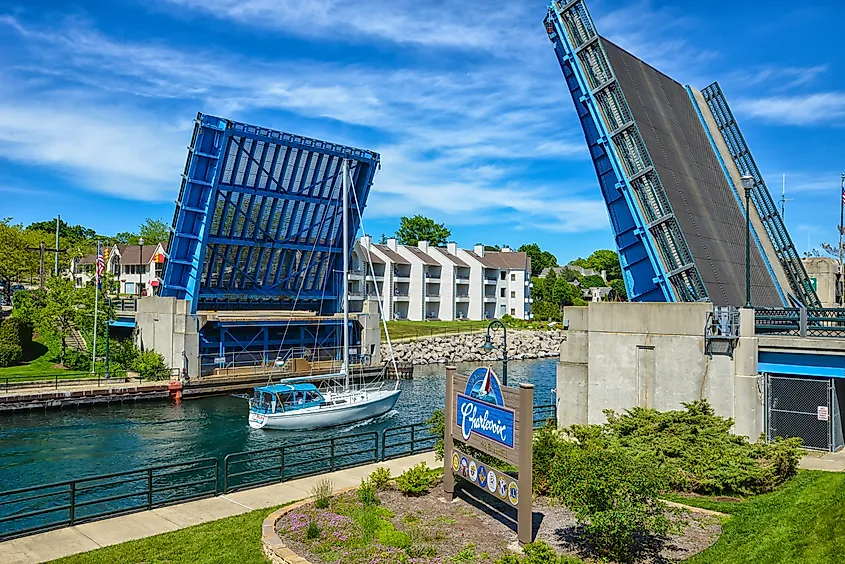
Charlevoix is located in northern Michigan on a strip of land between the western end of Lake Charlevoix and Lake Michigan. Round Lake is a lake located within the town and has narrow channels connecting it to Lake Charlevoix to the east and Lake Michigan to the west. There is also a tiny island within Round Lake known as Park Island. The Township of Charlevoix almost encircles the town of Charlevoix, but the two are administered separately. To the north of Charlevoix, along the shore of Lake Michigan, is North Point Nature Reserve. Fisherman's Island State Park is located to the west of Charlevoix and is also on the shore of Lake Michigan. The total area of the town is 5.62 sq. km.
Population Of Charlevoix
Charlevoix has a total population of 2,461. About 94% of the town's population is white, of which 90% are non-Hispanic, and 3.98% are Hispanic. African Americans comprise 2.4% of Charlevoix's residents, people of mixed racial heritage 2.31%, and Native Americans 1.28%. Around 94% of the town's population speaks only English, while Spanish is spoken by 1.9% of Charlevoix's residents. Almost 95% of the town's residents were US-born, and approximately 74% were born in the town itself.
Economy Of Charlevoix
The average household income in Charlevoix is $54,319, the poverty rate is 19.77%, and the unemployment rate is 4.3%. In terms of the number of employees, the largest industries in the town are office & administrative support, food preparation & serving, executive managers & administrators, sales, and production work. More than 61% of the businesses in Charlevoix are small businesses with four employees or less.
History Of Charlevoix
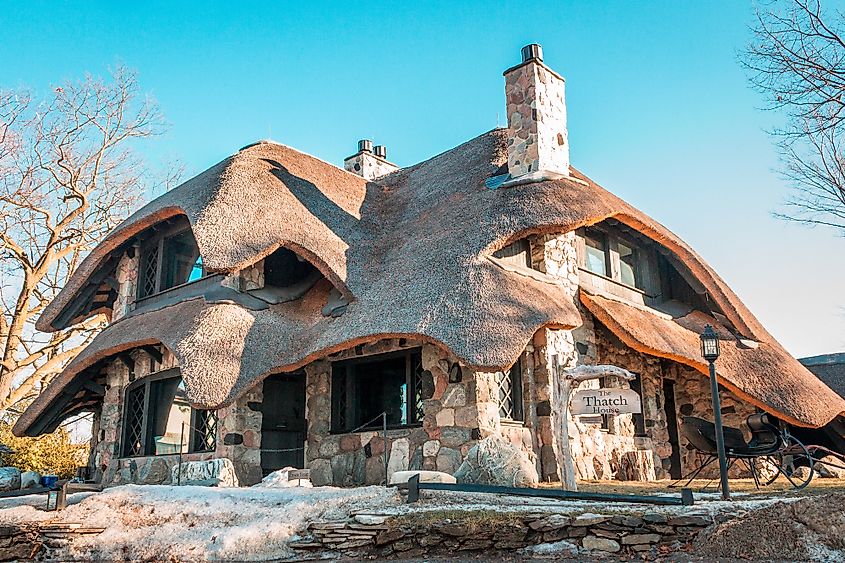
Before the arrival of Europeans, Native Americans of the Odawa and Ojibwe nations inhabited what is now Charlevoix. In the early 18th century, a French Jesuit priest named Pierre François Xavier de Charlevoix explored the eastern coast of Lake Michigan. He supposedly spent a night on Fisherman's Island during a harsh storm while on voyage. In 1836, the Treaty of Washington was signed between the US Government and the Odawa and Ojibwe peoples. It ceded about 40% of present-day Michigan to the former. The area in which Charlevoix is now situated was part of this territory.
The first white settlers in Charlevoix were fishers who arrived in the area in 1852. In 1866, a settler named John S. Dixon, who owned most of the land in the area, drew up plots for a new town, which was then called Pine River. One year later, the town's first boarding house, Fountain City House, was built, and in 1869, the town became the county seat after Charlevoix County was formed. Also, in 1869, channels were dredged between Lake Michigan and Round Lake and between Round Lake and Lake Charlevoix, then known as Pine Lake. Four years later, the railroad arrived a few miles north of Charlevoix. The dredging of the two channels between lakes and the railroad's arrival had profound implications for the commercial prospects of Charlevoix. In fact, the town became one of the busiest ports on the Great Lakes. Charlevoix was incorporated as a village in 1879.
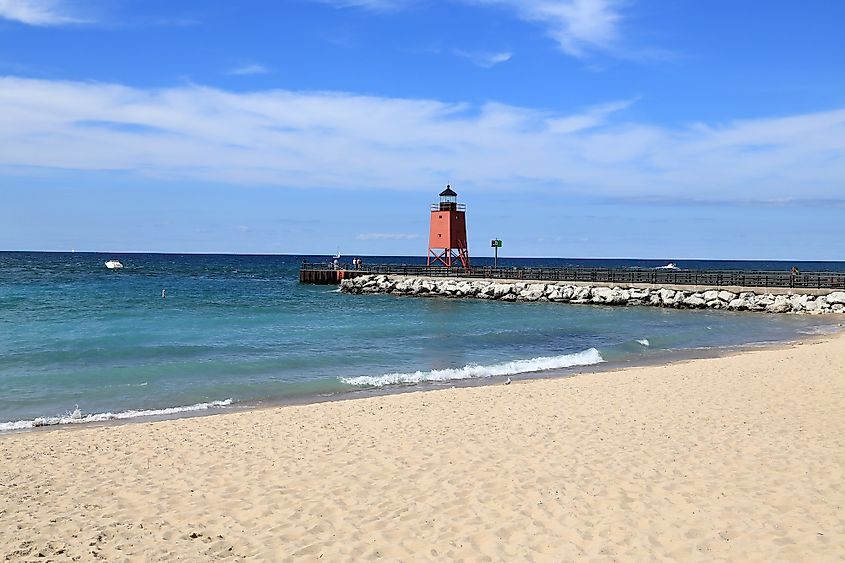
Charlevoix's history as a resort town began in 1880 when members of the First Congregational Church of Chicago founded the Chicago Summer Resort, now known as the "Chicago Club." Further commercial, industrial, resort, and other real estate development came after establishing new rail links in the 1890s. By the early 20th century, Charlevoix was a popular destination for many lake passenger liners. The town continued to be a resort destination between the two World Wars (1918-1939). In 1926, the town's name was officially changed from Pine Lake to Charlevoix. Charlevoix became a popular place for gang members from the Chicago area during the Prohibition era.
Between the end of World War II and the 1960s, Charlevoix endured a period of hardship. This was largely due to industrial restructuring and changes in transportation, as people used automobiles and airplanes to travel to new tourist destinations. In addition, the train lines to the town were shut down. Charlevoix's manufacturing base also suffered, and jobs moved elsewhere. Larger hotels closed due to competition from other locations. Many buildings in the downtown area were left empty. However, the economy in Charlevoix rebounded in the 1960s as large corporations set up operations in the town. In 1970, the town's population peaked at 3,519, but has more or less stayed the same since then.
Attractions In And Around Charlevoix
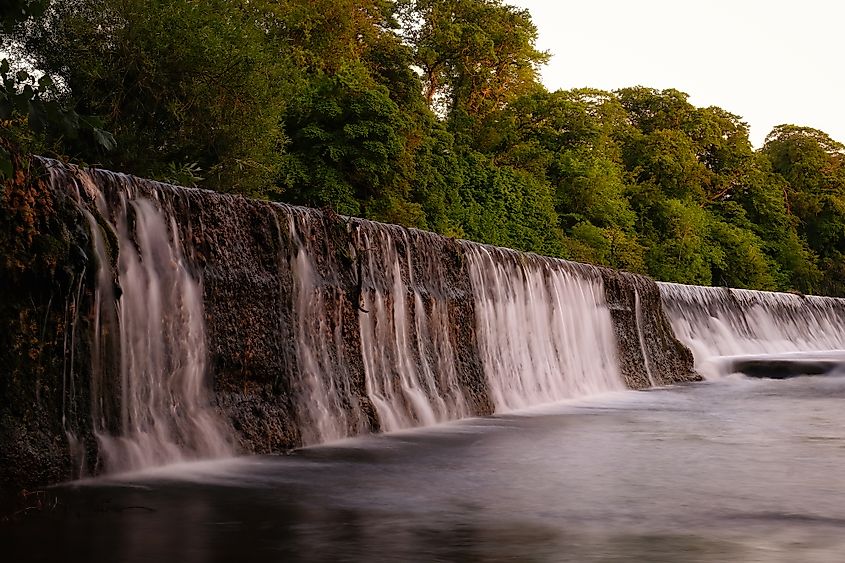
Charlevoix and its vicinity are home to various indoor and outdoor attractions. Indoor attractions include several museums and galleries, such as Element Gallery, Bier Art Gallery, the Crooked Tree Arts Center, North Seas Gallery, Harsha House Museum, Aartvark Studio and Gallery, Depot Beach, and the Charlevoix Circle of Arts. The Charlevoix area contains many outdoor attractions for visitors looking to have fun outdoors, including several state parks and nature preserves, winter ski hills, scenic boat tours, beaches, and golf courses. Watersports like swimming, kayaking, and paddleboarding can be enjoyed on Lake Charlevoix and nearby rivers. Boyne Falls, located southeast of Charlevoix, features Michigan's largest indoor waterpark. Other attractions include the World's Largest Cherry Pie, the Earl Young Mushroom Houses, Castle Farms, and the Greensky Church. The Church was built in the mid-19th century and was added to the National Register of Historic Places in 1972.
